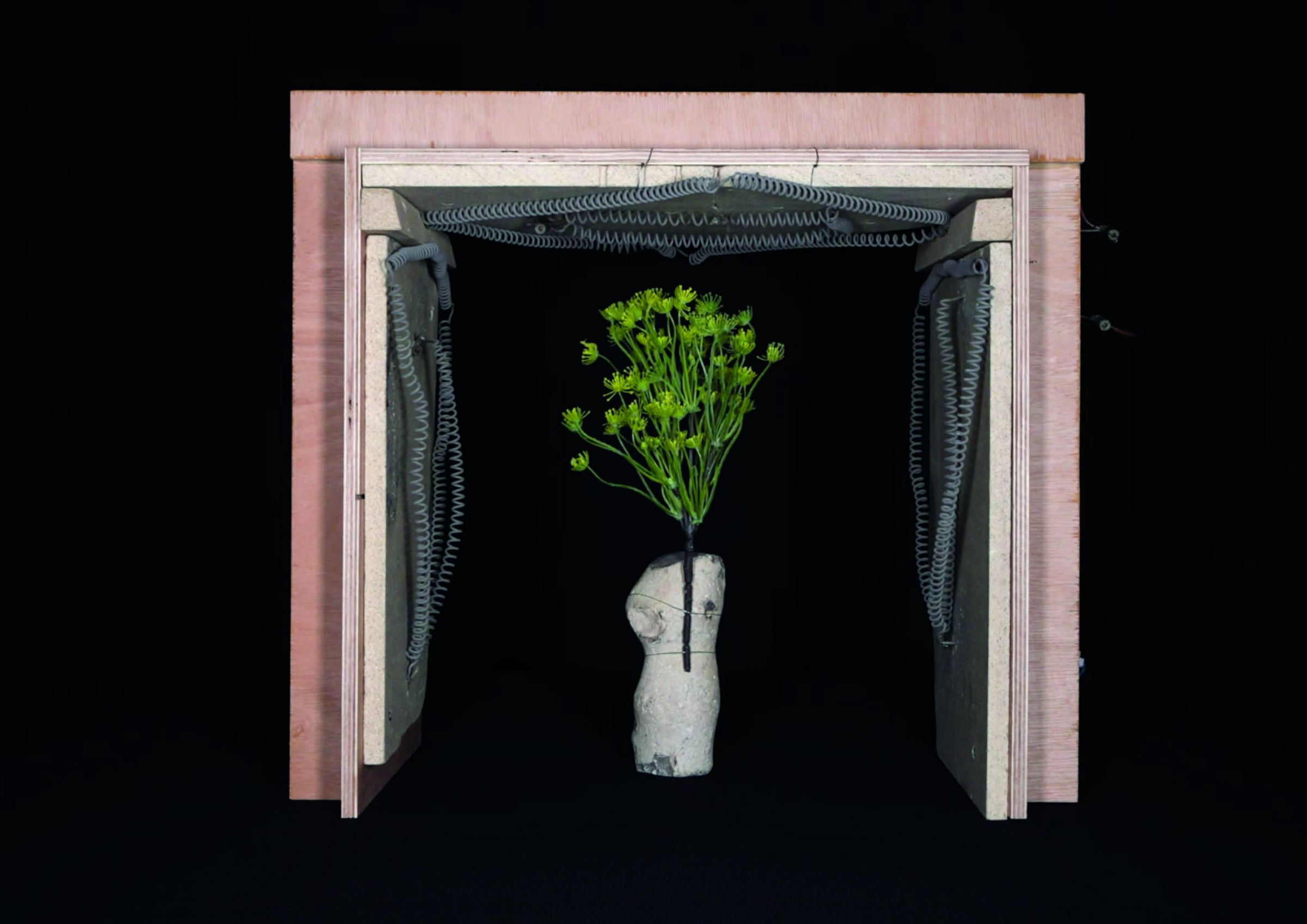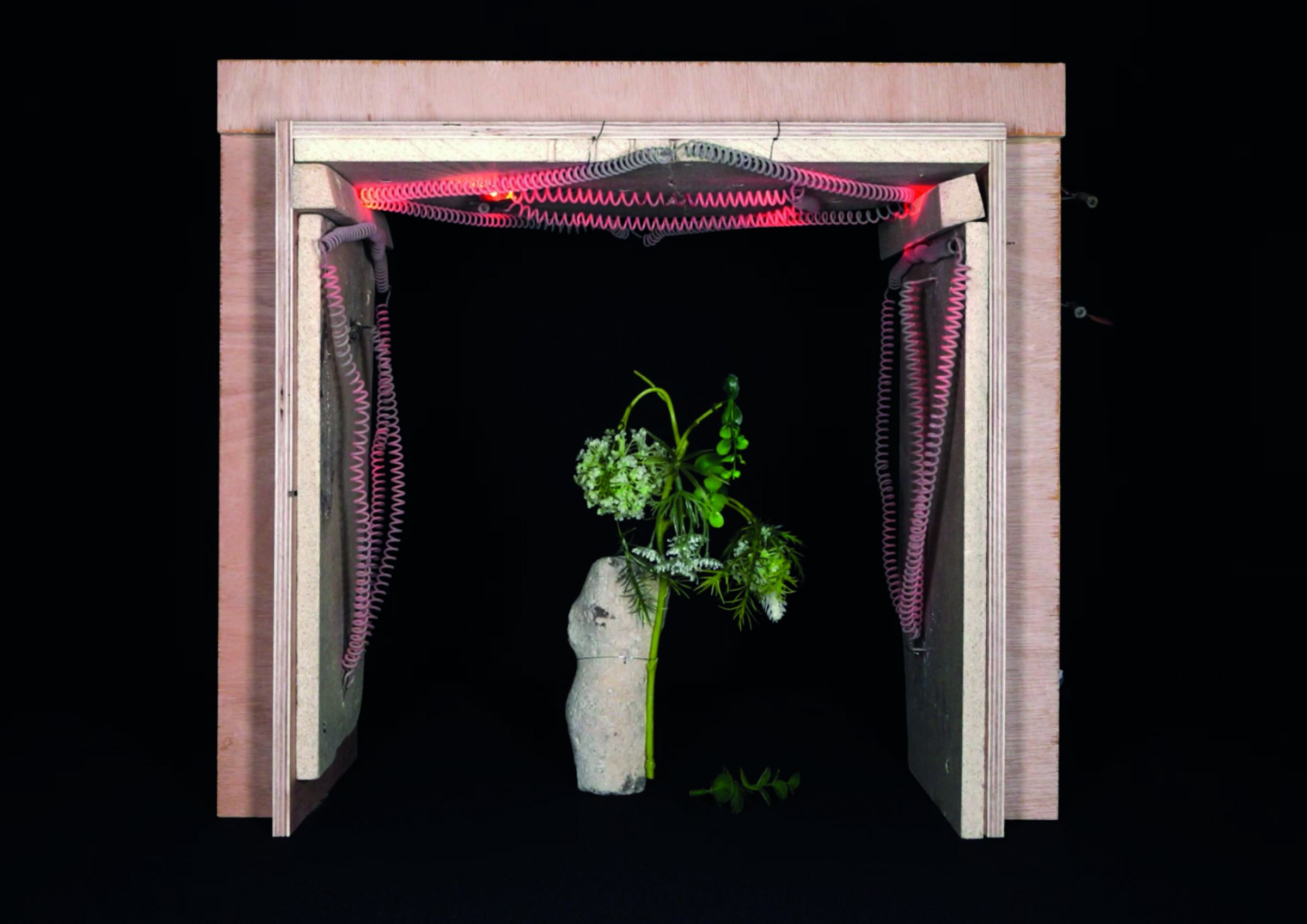Nature as a backdrop
You are nature, I am nature, we are nature. We are all part of nature.
video production by Ant Eye
this essay is part of a collaboration with WhiteNoiseDADA about artificial plants
It doesn’t really matter that I can’t live of berries from the municipal park for a few days. We are nature, you can sign up to expensive courses to reconcile with the wilderness somewhere in Croatia, on the moors or in an ice bath in any location, but whether you like it or not, we are a trivial part of the immense and complex large system called nature, even without back to nature weekends and reconnection workshops. No better than the firefly, but a lot more present. Even though you may have an artificial hip, a few implants, pins or acrylic nails, we are still largely made of natural material: a bundle of living cells.
Entire Instagram feeds are hashtagged with # naturelovers(109 m posts on Instagram) # natureaddict (9.4 m posts on Instagram) #nature(739 m posts on Instagram) #backtonature (1.4 m posts on Instagram). But there’s no back to. We can never wrestle ourselves free from our position within nature. Yet our relationship is ambivalent. Nature is our greatest threat that we need to comprehend, monitor, fix and control, but we think of this nature as a lovely backdrop to where we live.
Nature is difficult in times of the Anthropocene1. Now is perhaps the time to admit that the ecosystem is so immensely intelligent and complex that we must learn not to constantly interfere with our technology and culture, because the consequences cannot be foreseen. On the other hand, there are theories as described, for example, by James Lovelock in Novacene2 to consciously accept and use this fusion of technology and nature, both natural and artificial, as a survival strategy. Great ideas that are both apocalyptic and hopeful. The latter underlines the right to exist in our profession as designers and the first excludes us as designers.
But fortunately we can always use nature as a lovely, carefree backdrop that does not bother us. Garden posters with waterfalls, Icelandic grey moss painted green in our office gardens, cats you can’t be allergic to, pine trees that don’t shed, lilies without fragrance, flowers with a fresh for 7 days guarantee, marble adhesive wrap, toilet freshener with sea breeze scent. We treat nature like Disneyland. Where decay does not exist. Always at the top of its game.
Our obsession with growth, perfection and filters is not a recent one. Look at Adam and Eve’s garden of Eden. Look at still lifes from the 17th century where flowers from all seasons are depicted together in full bloom. The same century saw the rise of botany. But our obsession with flowers began long before that. And not just the natural variants have traditionally been an object of interest, but artificial flowers also have a long history. The Egyptians already made flowers from horns, the Romans made fake flowers of wax.3
The flower is the symbol of nature as a backdrop. The flower is its pinnacle. The flower is most beautiful just before its decay. An artificial plant is always in bloom. The flower is always colorful. Its leaves are always green. Cultivated in its optimum condition. Or as the marketing text on the website of dealer in artificial flowers Easyplants puts it; ‘Artificial flowers ensure that your flowers always retain the desired colour without dying. At the same time, this ensures that you no longer have to purchase new flowers. Watering artificial flowers is also unnecessary. So you no longer have to remember to do this. You could place your flowers on the mantelpiece and not worry about them for years. The flowers will have become part of your home decor and still retain their beautiful appearance after all that time.’
Artificial flowers are particularly associated with kitsch home decor, meeting rooms, bungalows and restaurant chains. A symbol of practical fake, easy to dust off, nice and colourful and no need for watering. A piece of decoration we look at with a certain amount of disdain.
But in what sense is this alternative removed from the cultivated cut flower that has been produced by means of crossing and cultivation? And is our disdain justified? Is this variant not much more sincere than its living equivalent, which consumes litres of water before it’s transported? Don’t artificial flowers actually provide everything we expect from nature, a lovely piece of decoration? And could these flowers have much more potential? What happens if we take this potential seriously? If we allow artificial flowers to evolve through crossing and cultivation? What right does the artificial flower have to exist?
1 https://www.nemokennislink.nl/publicaties/het-antropoceen-een-nieuwe-geologische-tijdsperiode/
2 Lovelock, James (2019) Novacene the coming of age of hyperitellingence Penguin Random house UK
3 Nova, Nicolas & Disnovation.org (2021) Abestiary of the anthroposcene Onomatopee


